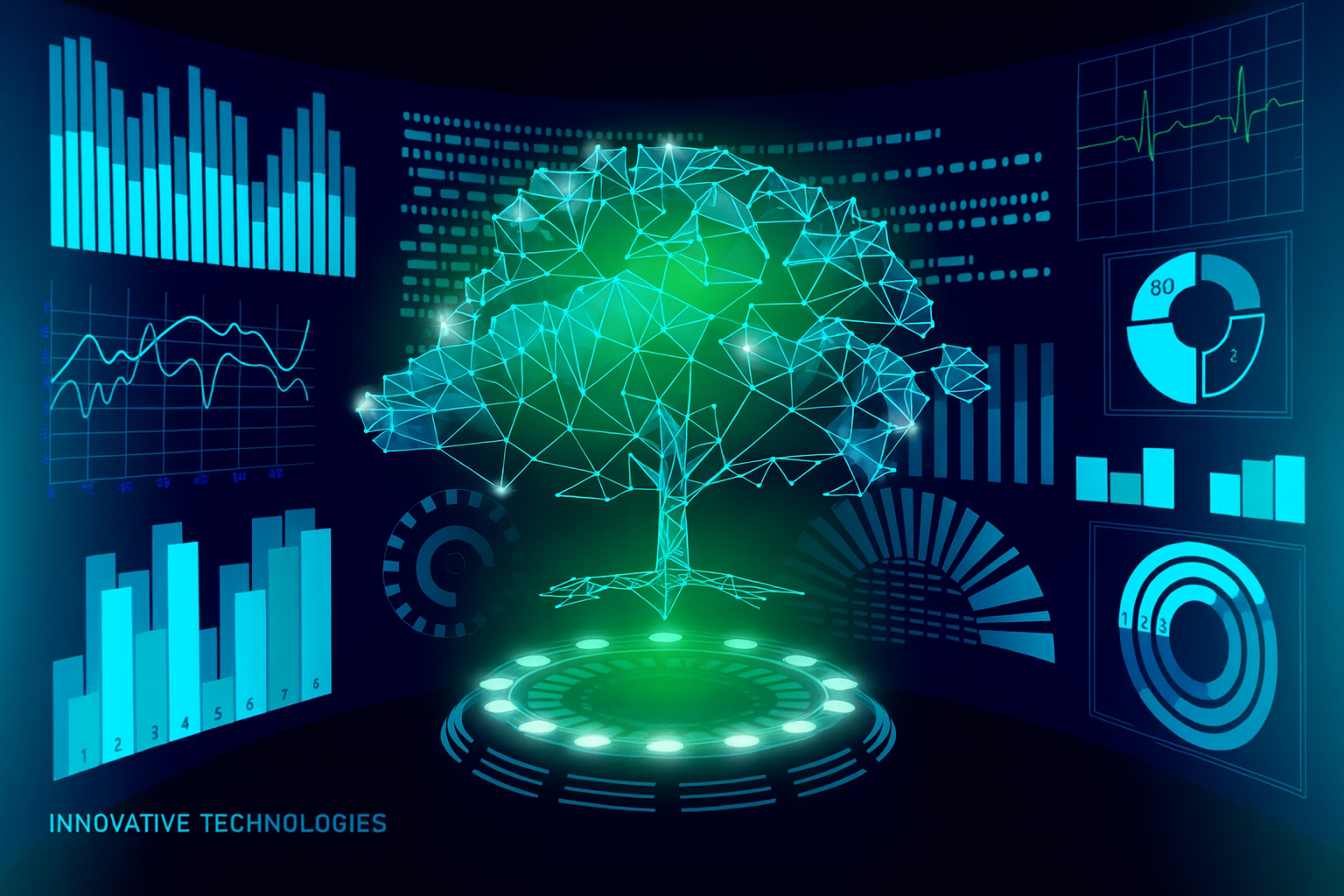 Loading Please Wait...
Loading Please Wait...
 Loading Please Wait...
Loading Please Wait...

The digital revolution has transformed our lives. From cloud computing to AI, the world runs on technology—but this progress comes with a hidden cost. Data centers, devices, and global digital infrastructure consume vast amounts of energy, contributing significantly to carbon emissions. As businesses and individuals increasingly rely on technology, sustainability can no longer be an afterthought.
This is where Green IT, or Green Information Technology, steps in. It’s a movement focused on making technology environmentally sustainable, reducing waste, and promoting responsible digital growth. Green IT doesn’t just mean using less power—it’s about designing, deploying, and managing technology in ways that protect the planet while still driving innovation.
This blog explores what Green IT means, why it matters, its core principles, benefits, real-world examples, and how organizations can implement sustainable tech strategies.
Green IT (Green Information Technology) refers to the design, use, and disposal of technology in an environmentally friendly way. It aims to minimize the negative impact of IT systems on the environment through energy efficiency, responsible recycling, and sustainable innovation.
In simple terms, Green IT focuses on:
It’s a holistic approach where sustainability is integrated into the entire technology lifecycle—from manufacturing to disposal.
The numbers speak for themselves:
As digital transformation accelerates, these environmental challenges will only grow. Green IT is not just an ethical choice—it’s becoming a business imperative for reducing costs, meeting regulations, and enhancing brand reputation.
Reducing power consumption across hardware, networks, and software is a key priority. This includes using energy-efficient servers, optimizing cooling systems in data centers, and adopting power-saving settings in devices.
Manufacturers are increasingly designing products with eco-friendly materials and longer life cycles. Modular and repairable designs reduce waste and promote reusability.
By consolidating multiple servers through virtualization, organizations can drastically cut down on hardware requirements and energy usage. Cloud providers now focus on green data centers powered by renewable energy.
Proper recycling and safe disposal of electronic devices prevent hazardous materials from contaminating the environment. Some organizations refurbish and donate old hardware to extend its use.
Developers can optimize code to consume fewer computing resources, lowering energy demand. Efficient software uses less CPU power, memory, and data transfer—small savings that scale massively across millions of users.
Green IT isn’t just about hardware or data centers—it encompasses the entire ecosystem:
The most obvious benefit—lower carbon emissions, reduced pollution, and less e-waste.
Energy-efficient systems consume less electricity, cutting operational costs over time.
Many countries are enforcing strict energy efficiency and e-waste management regulations. Green IT ensures compliance.
Consumers prefer sustainable companies. Green initiatives demonstrate corporate responsibility and innovation.
Employees increasingly want to work for organizations that align with their environmental values, improving morale and retention.
Sustainability is becoming a differentiator. Businesses that adopt Green IT early are better positioned for the future.
Implementing Green IT requires strategy, investment, and collaboration. Here’s a roadmap CIOs and IT leaders can follow:
Conduct an IT sustainability audit to identify energy usage, waste generation, and inefficiencies in current infrastructure.
Partner with energy providers that offer renewable sources like solar or wind. Many large companies are now building or buying renewable energy directly for their data centers.
Track metrics such as:
Transparency builds credibility and accountability.
Google has been carbon-neutral since 2007 and aims to operate entirely on carbon-free energy by 2030. Its data centers use advanced AI algorithms to optimize cooling, reducing energy use by up to 40%.
Microsoft has pledged to be carbon negative by 2030 and plans to remove all historical carbon emissions by 2050. It invests in green data centers and sustainable software development.
Apple’s global operations are already powered by 100% renewable energy. The company’s recycling robot, Daisy, disassembles old iPhones to recover valuable materials.
AWS is committed to powering its operations with 100% renewable energy by 2025, offering sustainability dashboards for customers to monitor their cloud usage footprint.
Dell has introduced closed-loop recycling—using materials from old electronics to manufacture new ones—and aims for net-zero emissions by 2050.
Green IT isn’t just about being eco-friendly—it’s also about using innovation to achieve sustainability goals.
Technology itself becomes the solution to the problems it helped create.
While the benefits are clear, organizations often face barriers:
Overcoming these challenges requires a long-term commitment and leadership buy-in.
As sustainability becomes central to corporate strategy, Green IT will evolve from a niche concern to a core business function.
Here’s what the future holds:
Ultimately, the future of technology is green—or it isn’t sustainable at all.
Green IT represents the next stage of digital maturity—where innovation meets responsibility. It’s not just about cutting energy bills or meeting compliance; it’s about creating technology that supports people, profit, and the planet.
By adopting sustainable practices—from green data centers to eco-friendly device management—organizations can reduce their environmental impact, lower costs, and strengthen their reputation.
In the long run, the businesses that thrive won’t be the ones that use the most technology, but the ones that use it wisely and sustainably.